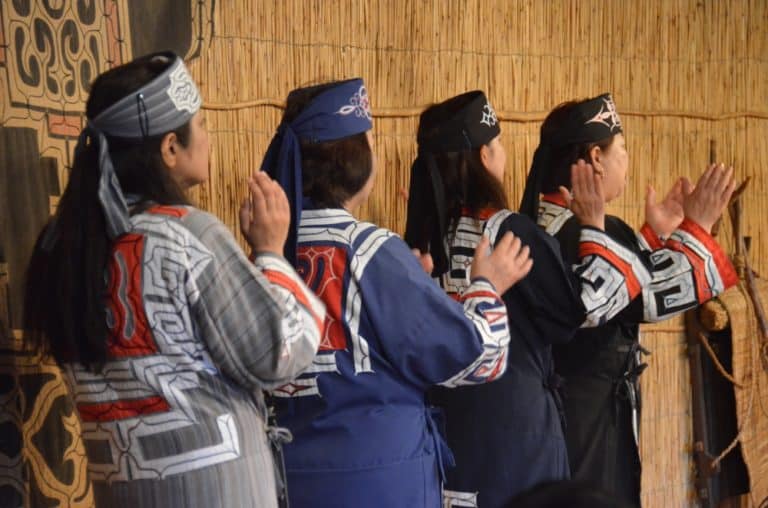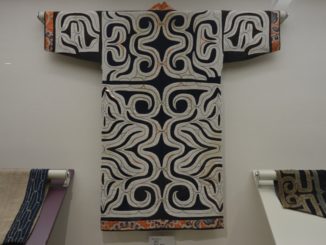Shiraoi
Region: Hokkaido
Prefecture: Hokkaido, sub-prefecture of Iburi
District: Shiraoi
Population: 17,533
Surface area: 425,64 Km2
The town of Shiraoi is situated in an area of around 500 square kilometres which is predominantly wooded and which takes its name from the city of the same name.
In recent years, Shiraoi has been distinguished as a place in which some attempts at preservation of the history of the Ainu peoples have been made.
These were the indigenous Japanese people who inhabited the country before being systematically driven further and further north by the so-called “Yamato,” the ethnic ancestors of the current inhabitants of Japan.
Recent studies of DNA have found a close similarity between the genome of the Ainu and that of the population of Jomon, the hunters and gatherers who inhabited Japan prior to the arrival of the Yayoi people.
The latter, who are ultimately of a Sino-Korean ethnic composition, were the importers of improved technologies and greater levels of knowledge from the continent and also proved themselves to be militarily superior.
The withdrawal of the Ainu in successive phases has been revealed in the discoveries of lines of trenches that moved further and further north and which were built in an endeavour to impede the ever-advancing Yamato peoples.
Eventually, the Ainu were confined to Hokkaido but, with the Mieji Restoration and the “modernisation” of Japan, the islands became the object of determined attempts at internal colonialism and the Ainu became more and more marginalised, were reduced to semi-slavery and subjected to a forced and unequal integration which resulted in the almost total annihilation of their cultural identity.
What evidence remains of their presence in Japanese history is most notable in the country’s toponomy.
For example, the actual name of Mount Fuji is derived from the word “Fushi” who was the Ainu’s goddess of fire.
It took until 2008 for the Ainu to be recognised as an ethnic minority group, a measure that is not exempted from the circulation of the results of the studies on the genome which shows that one third of the Japanese population carry elements of the same genome as the Ainu, something which demonstrates that, if part of the population was driven back towards the north, a large percentage were, throughout the long arc of the country’s history, mixed and integrated with the other populations who extended their control upon the Japanese archipelago.
The Ainu have different physical characteristics to the Mongolian peoples with a lighter complexion, rounder eyes and a more notable presence of body hair.
Dedicated to salmon fishing and the hunting of bears, deer and other game, their economy was badly hit during the colonisation of the island by the Japanese during the Meiji period with the latter’s numbers rising from a few hundred to two million people over the course of a century.
Their religion was animist and was linked to the worship of totemic animals such as the bear.
The first westerner to set foot on Hokkaido was an Italian, Blessed Girolamo De Angelis who, in 1624, drew up a detailed map of the island and documented an account of his explorations.
During the last century, another famous Italian, Fosco Maraini, conducted studies and compiled photographic records of the customs and traditions of these people which resulted in a precious documented record which has been partially preserved in the Museum of Anthropology in Florence.
What to see in Shiraoi
One goes to Shiraoi in order to visit the Ainu Museum which is one of the most authentic representations of this subject.
This open-air museum which is also known as Porotokotan (the word for village in Ainu), is a reproduction of a village with 5 houses that have been built according to Ainu traditions.
Each house displays a different aspect of the Ainu people’s culture and in the larger of the five houses, there are performances of traditional dances every hour.
In the other houses which are also traditionally furnished with objects from daily life as well as religious objects, it is also possible to participate in musical or weaving workshops.
What we learned
[ Sept.2014 ] I continue about the Ainu Museum in Shiraoi in Hokkaido, Japan. In the museum site, there were some re-created traditional houses. In one of them, we could try wearing their costume, which…


